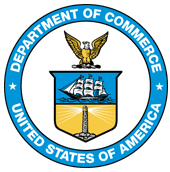Nothing herein supersedes past practices concerning awards programs established in collective bargaining units unless negotiated changes have been agreed to.
The Performance Management Handbook provides more detailed guidance and information and establishes procedures for implementing the policy outlined in DAO 202-430. Performance management is the systematic process by which the Department of Commerce involves its employees, as individuals and members of a group, in improving organizational effectiveness in the accomplishment of agency mission and goals. The performance management process is used to communicate organizational goals and objectives, reinforce individual accountability for meeting those goals, and track and evaluate individual and organizational performance results.
The Handbook addresses the five steps in the performance management process:
- Performance Planning - provides information on establishing performance expectations and goals for employees to channel their efforts toward achieving organizational objectives.
- Monitoring Employee Performance – provides information on the requirements to conduct at least one formal written progress review for all employees.
- Employee Development – provides information on the importance of evaluating and addressing employee development to increase the effectiveness of an organization.
- Evaluating Employee Performance – provides information on evaluating employee performance against the elements and standards in an employee's performance plan and assigning a summary rating of record.
- Recognition – provides information on a large variety of informal and formal recognition programs, which can be used to recognize and reward employee excellence.
The Handbook addresses aspects of the performance management process such as Performance Appraisal and Performance Recognition.

